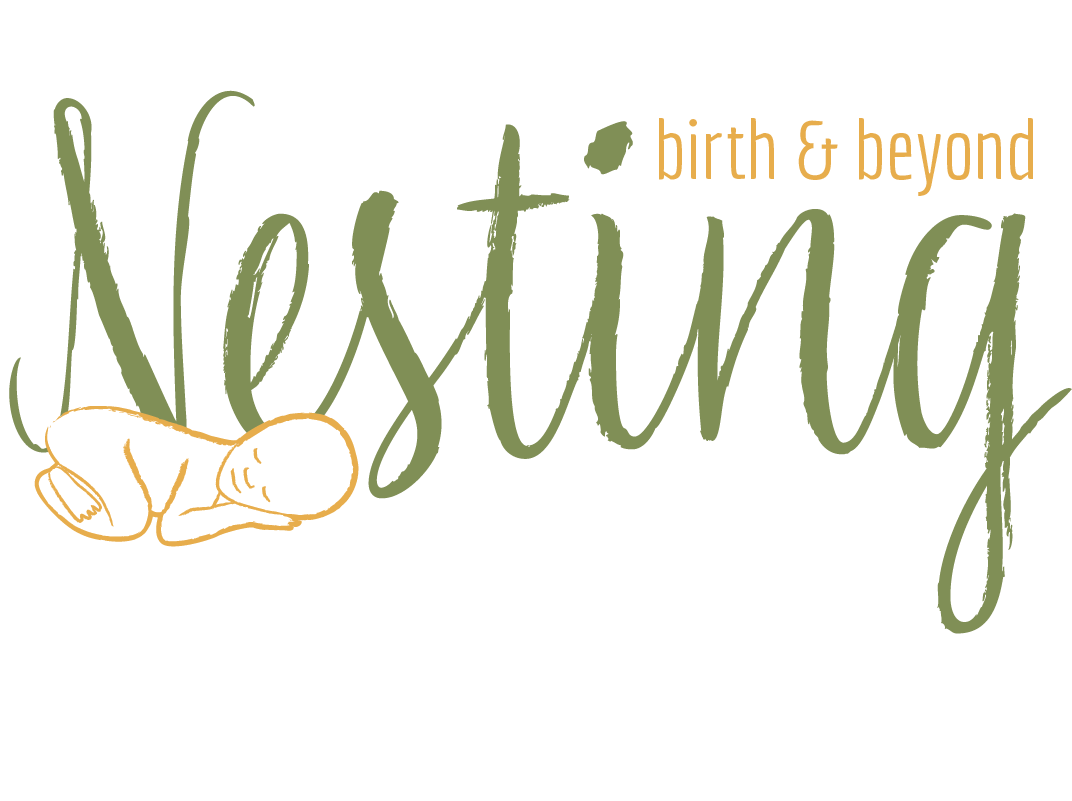A Field Guide to Baby Poo
Don’t panic - it’s supposed to look like that.
If one thing’s for certain, it’s that having a baby exposes you to more poop than you ever thought possible. Just keeping up with the diaper changes can seem daunting enough, but on top of that, baby poo undergoes a dramatic metamorphosis in just the first few days of life. What’s normal? When should you be concerned? Is there a difference in stool between breastfed and formula-fed babies? Here’s a short guide to what you’ll find in those diapers as time goes by.
The first few days of your baby’s life bring big changes to his digestive tract, as it begins processing nutrients on its own (while in utero, nutrients are delivered directly to your baby’s bloodstream by way of the placenta and umbilical cord). This means a change in his stools from meconium, a thick, black or dark green, tar-like substance that lasts for the first 24-48 hours, to thinner, lighter-green transitional stools between days 3-6. This is generally true of both breastfed and formula-fed babies, but by day 6 or 7 baby’s poo will look somewhat different depending on whether you are exclusively breastfeeding or not.
The Breastfed Baby
At around day 6 or 7, an exclusively breastfed baby’s stool will become more liquid, lighter in color, usually a mustardy yellow, with a mild, even sweetish odor, and will often contain milk curds (‘seeds’). During the first month or so of life your breastfed baby should poop at least once or twice a day, but after that she might go days without a bowel movement. This does not mean she’s constipated. As breast milk is the perfect food for your baby, it is almost completely digested, resulting in very little waste (AKA poo).
The Formula-Fed Baby
By the second week of a formula-fed baby’s life, his stool will be firmer than that of a breastfed baby. It will most likely be tan or brown in color and stronger in odor than breast milk stool. Because formula contains elements that are less digestible than breast milk, a formula-fed baby will have more frequent bowel movements, even after the first 4-6 weeks of life.
Adding Solid Foods
At about 6 months, most parents begin introducing their babies to solid food. This will once again change the color and the consistency of bowel movements. Stools will become more solid and may take on the color of what your baby has eaten, such as peas or carrots. The odor will become stronger and you may find undigested food during a diaper change.
Constipation and Diarrhea
Although diarrhea is fairly easy to recognize, it’s sometimes difficult to tell when a baby is constipated. Young babies (up to about 6 weeks) are still figuring out how to use their digestive tracts and may have trouble passing both stool and gas. They may grunt and strain and turn red in an effort to evacuate a perfectly normal stool. True constipation is when she not only has trouble with her bowel movements, but the stool is also dry and hard. You should call your pediatrician if you believe your baby is constipated.
A breastfed baby will normally have fairly loose stools, but true diarrhea will be brown or green and have a very strong, unpleasant odor. Diarrhea causes dehydration – if you believe your baby has diarrhea, you should contact your pediatrician right away.
When to Call the Doctor
Aside from constipation and diarrhea, what is cause for concern?
Your newborn still has meconium after 5 days
Red blood in a stool
Black stool after meconium is gone
Mucus in a bowel movement
White or colorless stool

